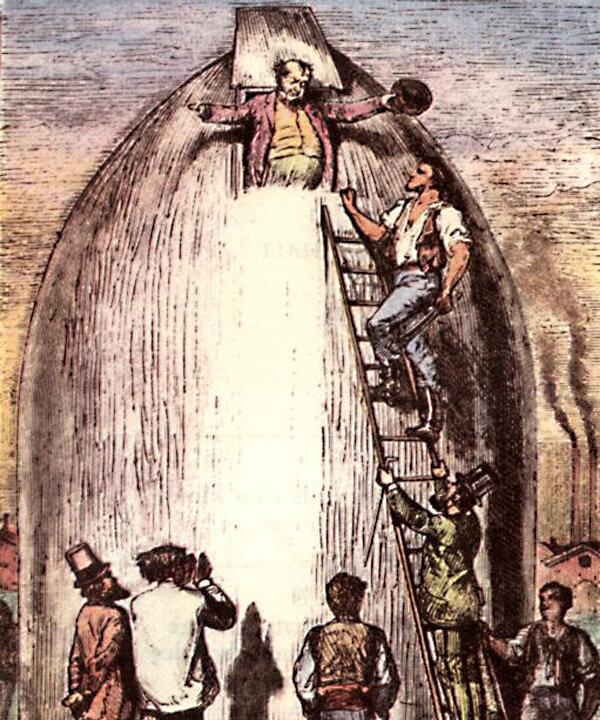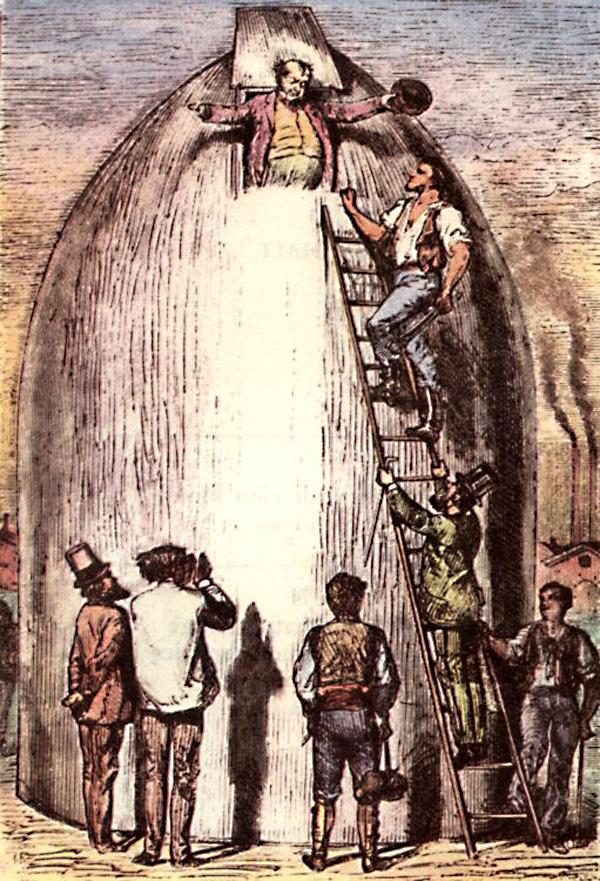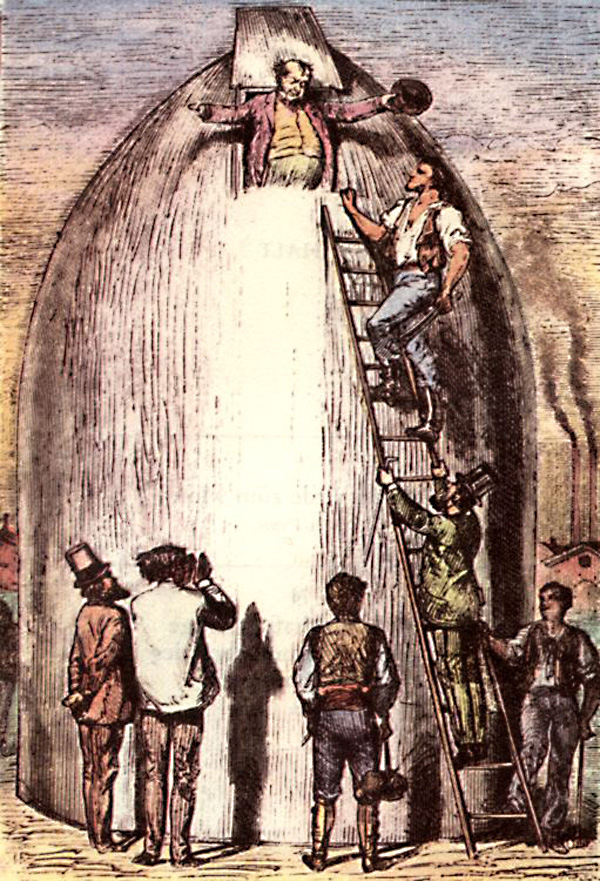When people gazed at the moon it used to evoke a sense of wonder and mystery, at the planet that dared venture so close to ours, shining down rays of romance through the cold nights. Chinese stories told of fairy kingdoms, and author Jules Verne told adventures about trying to reach it.
Although some of this mystery faded with the 1969 moon landing when we saw its desolate surface, some of that original wonder has been kept alive in letters left to history.
In 1950, the American Museum of Natural History’s Hayden Planetarium began soliciting letters from the public, inviting them to reserve their seats for the first space flights. This was a promotion for its Conquest of Space exhibition, but letters were received from all over the country.
A group of four children, aged between 5 and 15, wrote to reserve their flights on April 24, 1953. They stated, “As you have several thousand applications now, I trust that the later flights will doubtlessly not be entirely scientific … Saturn and Venus should be beyond our means, so please put us down for either the moon or Mars, whichever you think more interesting (versus economy).”
One person from Minneapolis sent a letter in 1953 booking a flight for the May 30, 1975, flight to the moon. The person, an amateur photographer, came across a magazine article for the proposed flight, and inquired about the lighting of the spacecraft, and whether it would inhibit their ability to photograph to moon.
The person said the magazine stated “there is nothing to scatter the blue light of the sun and produce a blue sky; therefore the heavens appear black by day as well as by night,” and so was wondering whether they would need a black light or “violet-ray apparatus” to get the right lighting for a photograph.
Another letter, from a student named David, stated his class was studying astronomy, and “After reading some books on astronomy I decided I would like to go to the moon and mars.” He wanted to go to the moon because it “would be very interesting with all of the volcanoes.” He enclosed a self-addressed envelope, requesting information on how much the reservation would cost.
An eighth-grader, Miss Mona, made a reservation for the 1975 moon voyage, noting she would be around 36 at the time of the flight, and offered to pay for her space clothing and equipment.
Of course, the moon was not the only place where flights were claimed to be heading. Venus, Mars, and Saturn were also on the list. An official Interplanetary Tour Reservation sheet from the Hayden Planetarium included a check list for which planet the applicant wanted to go to.
There was also a “Space Ship Time Schedule” sheet with estimated travel times to each planet. Traveling at 25,000 mph, it stated it would take nine-and-a-half hours to go to the moon, 44 days for Venus, 75 days for Mars, 666 for Jupiter, or 1,333 for Saturn.
A letter sent on May 15, 1950, sums up the general air of the letters. The 17-year-old stated, “When I talk about space travel around my friends and part of my relatives, they seem to make fun of my taking this problem of space travel serious. However, I do take it seriously and faithfully believe that someday it will be as common as driving an automobile.”
“I am sending my reservation now,” states the letter. “Please reserve a seat for me, because I want to be aboard the first ship that leaves the earth.”








